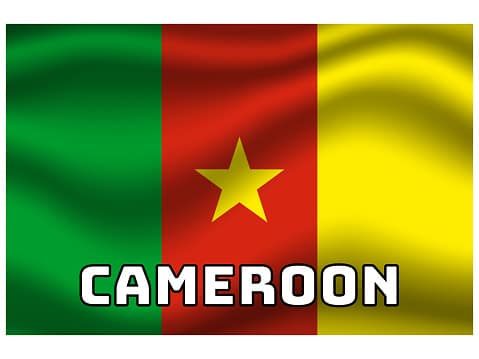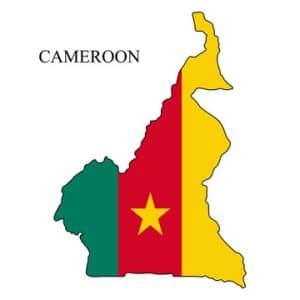Headlines
Cameroon Population, Official Language And More.

In recent times, tensions between Anglophone Cameroonians in former British territory and Francophone-dominated government led to an ongoing civil war known as the Anglophone Crisis in the west of the country. Islamist insurgents Boko Haram continue to carry out military and terror attacks in the north of Cameroon.

Cameroon

Cameroon
The Population
Cameroon has a population of approximately 27.4 million people as of 2021. The country is home to over 250 ethnic groups, each with its own language and culture. The largest ethnic groups are the Beti-Pahuin, Bamileke, and Bamoun. The official languages of Cameroon are English and French, although there are over 230 indigenous languages spoken throughout the country.
The Landmark
Mount Cameroon is the highest peak in West Africa and is located in Cameroon’s southwest region. It is an active volcano that last erupted in 2012. The mountain is a popular destination for hikers and climbers, with several routes to the summit.
The Official Language
Cameroon has two official languages: English and French. This is a legacy of Cameroon’s colonial past, with the country being divided between British and French mandates after World War I. English is spoken primarily in the northwest and southwest regions of Cameroon, while French is spoken in the rest of the country.
The Culture
Cameroon has a rich cultural heritage, with over 250 ethnic groups each with its own unique traditions, music, dance, and art. Traditional music in Cameroon includes a variety of styles such as makossa, bikutsi, and assiko . Cameroonian cuisine is diverse, with dishes such as ndolé, eru, and achu being popular across the country.
The Economic Stability
Cameroon has one of the most diversified economies in Africa, with agriculture, mining, manufacturing, and services all contributing to its GDP. The country’s main exports include oil, timber, cocoa, coffee, and cotton. Despite this economic diversity, Cameroon remains a low-income country with high levels of poverty and inequality.
The GDP
According to the World Bank, Cameroon’s Gross Domestic Product (GDP) was worth 44.34 billion US dollars in 2022. The country’s economy is diversified, with agriculture, mining, manufacturing, and services all contributing to its GDP. Cameroon’s main exports include oil, timber, cocoa, coffee, and cotton.
The Currency
The official currency of Cameroon is the Central African CFA franc (XAF), which is used by six countries in Central Africa. The CFA franc is pegged to the euro at a fixed exchange rate of 655.957 XAF to 1 EUR.
The Food
Cameroonian cuisine is diverse and varies by region. Some popular dishes include:
Ndolé: A stew made with bitterleaf vegetables, peanuts, and meat or fish.
Eru: A soup made with leafy vegetables and meat or fish.
Achu: A dish made with boiled cocoyam and served with a vegetable soup.
Koki: A steamed dish made with black-eyed peas and spices.
Suya: Grilled meat skewers seasoned with spices and served with a peanut sauce.
Major Cities
Yaoundé is the capital city of Cameroon and has a population of approximately 3.5 million people in its metropolitan area. Other major cities in Cameroon include Douala, Garoua, Bamenda, Bafoussam, and Maroua.
Major Airports, Sea Ports and Schools
The major airports in Cameroon are Douala International Airport and Yaoundé Nsimalen International Airport. The major sea ports are the Port of Douala-Bonabéri and the Port of Kribi. Some of the major universities in Cameroon include the University of Yaoundé I, the University of Douala, and the University of Buea.





